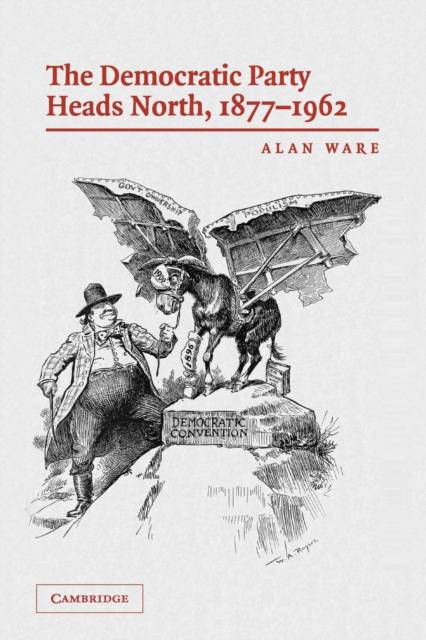
Door een staking bij bpost kan je online bestelling op dit moment iets langer onderweg zijn dan voorzien. Dringend iets nodig? Onze winkels ontvangen jou met open armen!
- Afhalen na 1 uur in een winkel met voorraad
- Gratis thuislevering in België vanaf € 30
- Ruim aanbod met 7 miljoen producten
Door een staking bij bpost kan je online bestelling op dit moment iets langer onderweg zijn dan voorzien. Dringend iets nodig? Onze winkels ontvangen jou met open armen!
- Afhalen na 1 uur in een winkel met voorraad
- Gratis thuislevering in België vanaf € 30
- Ruim aanbod met 7 miljoen producten
Zoeken
Omschrijving
This book examines the dynamics of the American party system and explores how contemporary American politics was formed. Specifically, it asks how the Democrats could become sufficiently competitive in the American North as to be able to construct a national political majority. It rejects the conventional account, based on 'realignment theory', that between the end of Reconstruction and the Civil Rights Revolution, the base level of support for the Democratic party varied greatly from one era to another. Instead, by distinguishing between the 'building blocks' available to the Democrats in coalition formation and the aggregation of those 'blocks' into an actual coalition, the author shows that there was much less variation over time in the available 'blocks' than is usually argued. Neither the economic depression of 1893 nor the New Deal had the impact on the party system that most political scientists claim.
Specificaties
Betrokkenen
- Auteur(s):
- Uitgeverij:
Inhoud
- Aantal bladzijden:
- 300
- Taal:
- Engels
Eigenschappen
- Productcode (EAN):
- 9780521675000
- Verschijningsdatum:
- 13/03/2006
- Uitvoering:
- Paperback
- Formaat:
- Trade paperback (VS)
- Afmetingen:
- 152 mm x 226 mm
- Gewicht:
- 430 g

Alleen bij Standaard Boekhandel
+ 100 punten op je klantenkaart van Standaard Boekhandel
Beoordelingen
We publiceren alleen reviews die voldoen aan de voorwaarden voor reviews. Bekijk onze voorwaarden voor reviews.











